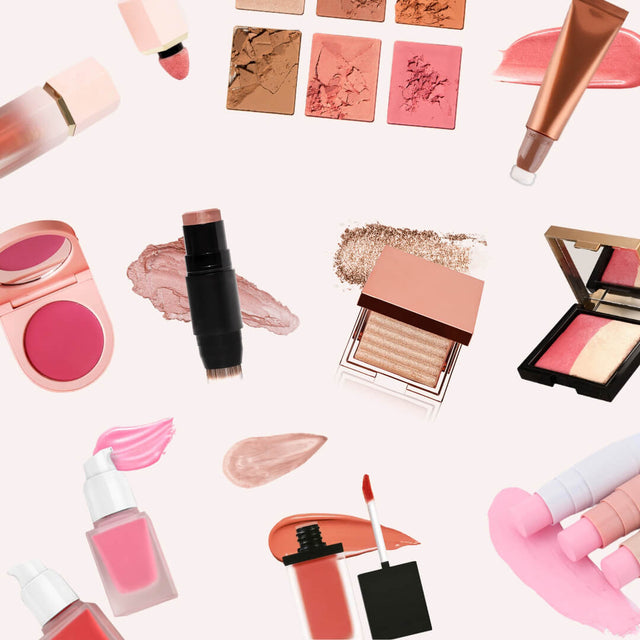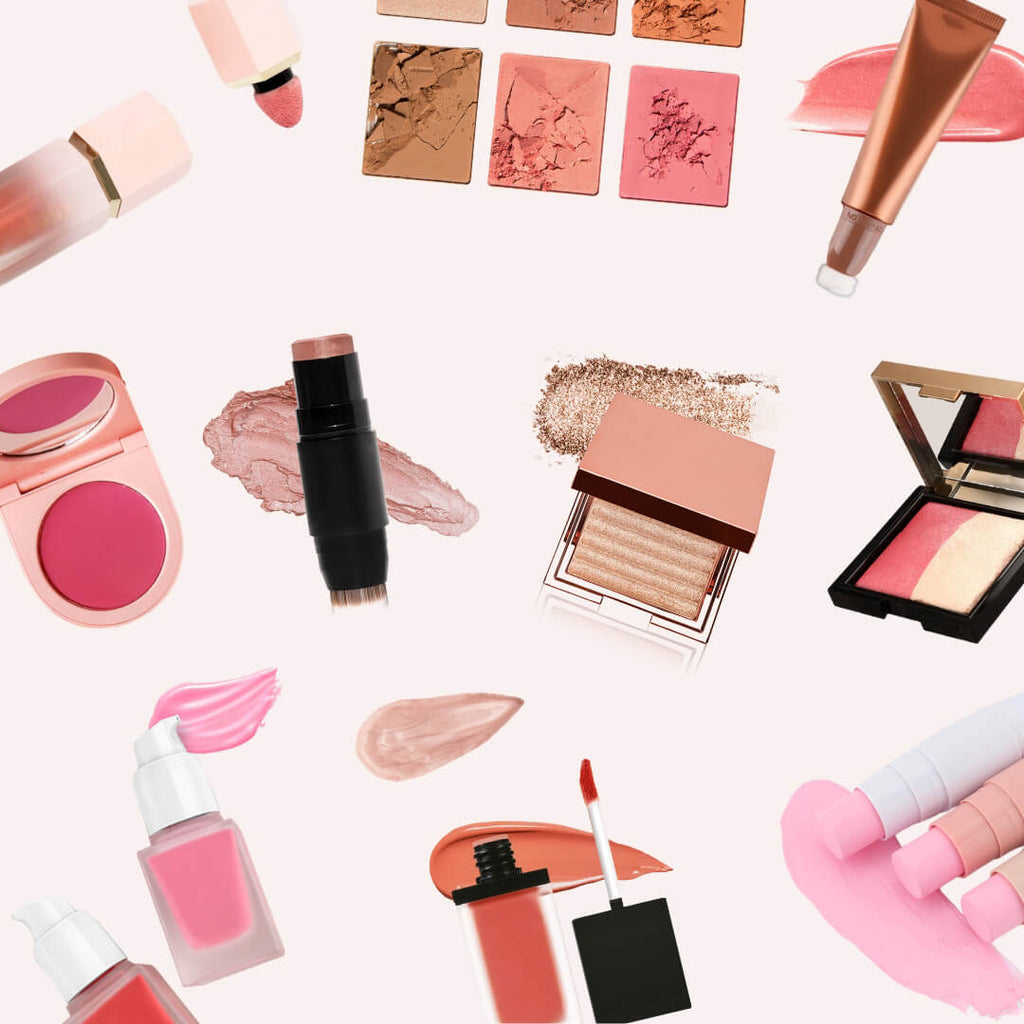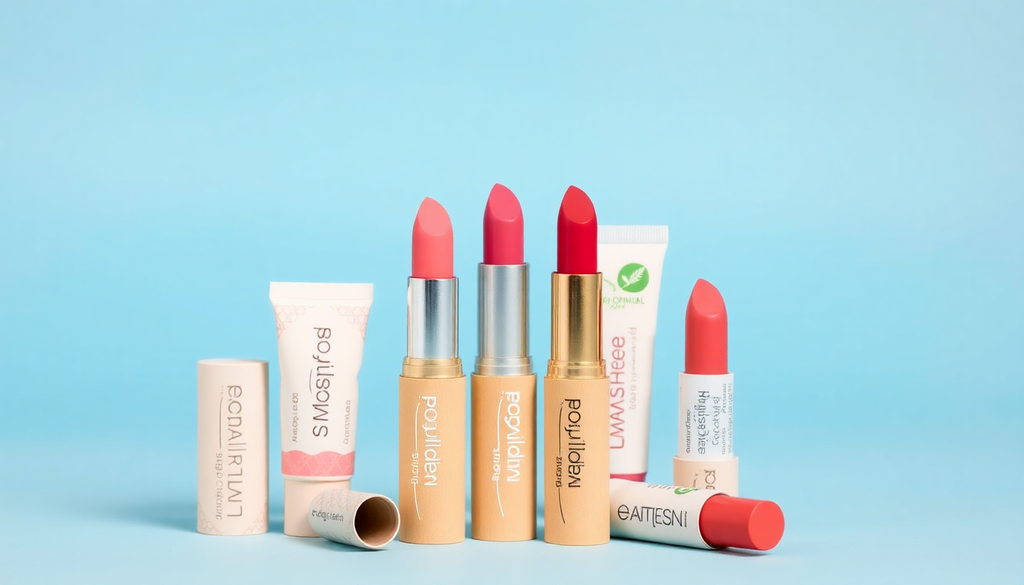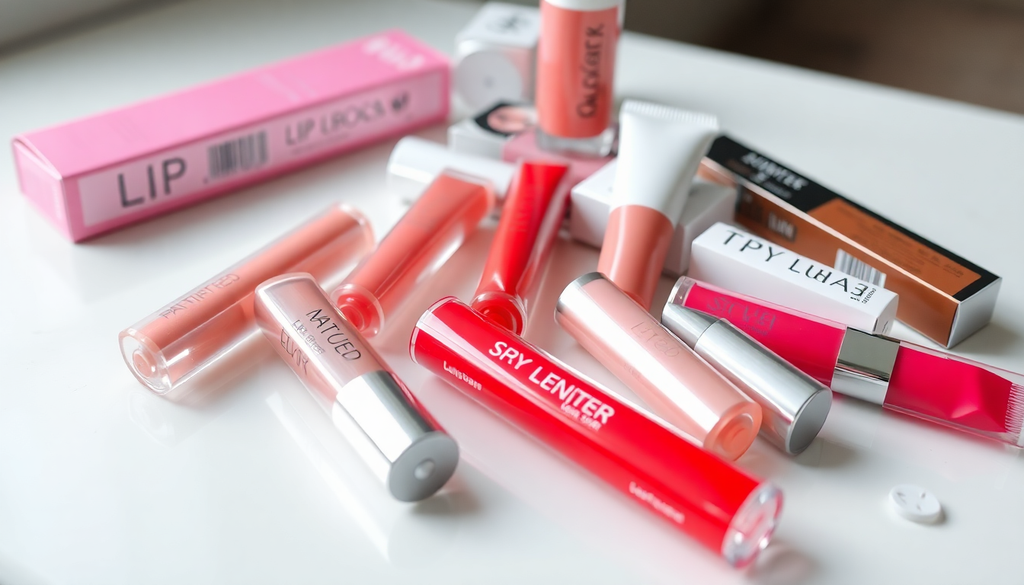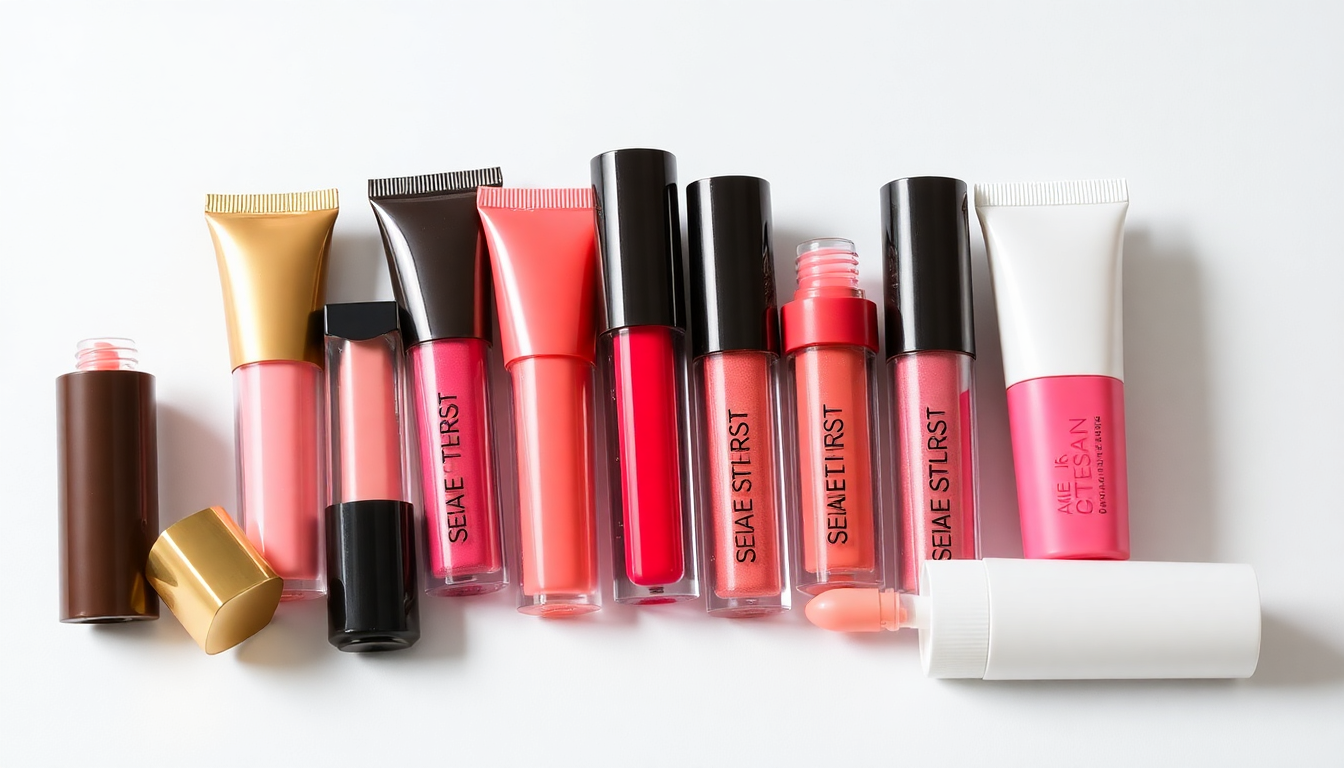
Retail-Ready Private Label Lip Gloss: Vegan Non-Sticky Formulas, MOQ Strategies & Packaging Picks for Small Brands
Ultimate Guide to Launching Private Label Lip Gloss Like a Pro
Launching a private label lip gloss is a smart first product for beginner beauty founders: development timelines are shorter than a lipstick bullet, ingredient lists can be clean and vegan, and consumers love glossy, buildable shine. This guide is written for small brands and bootstrapped founders who need actionable steps, realistic cost guidance, and manufacturing insights to move from idea to retail-ready gloss.
Why Lip Gloss Is Your 2024–2025 Brand Launchpad (Market Trends)
Over 2023–2025 the beauty market shifted toward hybrid and clean formulations. Three high-level trend signals to note:
- Search and social trends show renewed interest in gloss finishes and glossy skin looks (Google Trends and social listening reports picked this up across 2023–2024).
- Retail and indie brand performance signals indicate consumer preference for multifunctional products (sheer tint + care), with retailers highlighting glosses as fast-turn SKUs (reported in trade summaries like NPD/Trade publications).
- Clean and vegan claims have grown as purchase drivers—shoppers increasingly filter for vegan lip product options on DTC and marketplace channels (platform analytics and category reports).
Two shade families are particularly hot: cool-toned nudes for everyday wear and rosy-mauve tints that suit broad skin tones. A clear topper gloss remains a consistent seller as a layering product.
Step 1: Formula Foundations — What Beginners MUST Know
Think of your first gloss formula like a reliable base outfit: comfortable, flattering, and easy to layer. Prioritize texture (lightweight, non-sticky), clean vegan ingredients, and shelf stability.
Core formulation goals
- Non-sticky slip: use short-chain esters (e.g., isopropyl myristate alternatives), hydrogenated polyisobutene, or small-molecular-weight oils to give shine without tack.
- Vegan structure: replace beeswax/lanolin with candelilla wax, carnauba for higher melt points, and plant-derived emollients for feel.
- Sheer tinting: low pigment load (mica + iron oxides or FDA-approved lakes designed for lip use) keeps shine and prevents drag.
- Care + claims: include humectants like vegetable-derived glycerin or hyaluronic acid derivatives in low percentages for gloss-with-benefit positioning.
Beginner-friendly mini-formulation checklist
- Choose a predominantly oil-based, low-water formula to simplify preservation challenges.
- Keep pigment loading low for sheer finishes that layer well.
- Use tested, vegan-certified raw materials and request COAs from suppliers.
- Plan a minimum of 8–12 weeks for stability and safety testing before production runs.
Never skip stability testing! Temperature cycling, light exposure, and package compatibility will reveal bleeding, separation, or fragrance instability.
Step 2: Packaging That Sells — Budget to Luxury Options
Packaging affects perceived value as much as formula. For small brands, packaging strategy should balance cost, sustainability, and on-shelf/pop conversion.
Packaging options with cost and positioning
- Economy: clear PET tube + standard doe-foot applicator — low unit cost, good for sampling and web-first brands. Bulk pricing can be under $0.80/unit at high MOQs.
- Accessible premium: frosted PET or acrylic tube with custom-printed cap — raises perceived quality without glass fragility.
- Premium: glass tube, metalized caps, and custom wands — best for hero SKUs and retailers; higher freight and breakage risk.
- Sustainable picks: PCR (post-consumer recycled) plastics, sugarcane-derived bioplastics, or refillable/replaceable cartridges — slightly higher unit costs but strong marketing value.
Packaging checklist
- Request compatibility testing: oils can leach plasticizers or react with adhesives.
- Get physical samples for fill-volume and applicator feel testing.
- Confirm printing methods (digital vs. pad) to control artwork fidelity and MOQ.
- Consider secondary packaging: a well-designed box can upgrade perception for <$0.30-$0.70 extra per unit.
Step 3: Color Selection Science — From Pantone to Profit
Choose 5 starter shades that maximize shelf appeal and minimize inventory complexity. This is like building a capsule wardrobe with pieces that mix-and-match across seasons.
Five-shade starter strategy
- Clear Topper: universal shine for layering and cross-sell opportunities.
- Cool Nude (everyday): Pantone ~13-1106 TCX equivalent — broad appeal.
- Rosy Mauve (universal flattering): Pantone ~16-1720 TCX equivalent.
- Warm Peach (spring/summer): fresh and youthful.
- Sheer Berry (fall/winter): depth for cooler months and evening wear.
Tip: offer a clear + two neutrals + one seasonal + one statement shade. This reduces SKU count while covering buyer needs and helps merchandising (bundles and sets).
Step 4: Cost Control Tactics — Manufacturing Insider Tips
Cost control is the difference between a sustainable beauty business and one that burns cash. Here are realistic numbers and tactics many small brands use.
Realistic cost benchmarks & MOQ approaches
- Estimated production cost (formula + basic packaging + filling): approximately $0.90–$2.50 per unit depending on ingredients and packaging choices at MOQs between 500–2,000 units.
- MOQ strategies: start with 3–5 SKUs, negotiate combined runs (colorway pooling), or accept a blind-stock clear tube to reduce per-shade MOQ impact.
- Hidden costs to budget for: stability testing, safety data/supplier COAs, artwork/molds, freight, import duties, and initial marketing/sample budgets—plan 15–25% added over production quote.
Cost control checklist
- Ask suppliers for a line-item quote (formula, packaging, filling, testing, lead times).
- Negotiate sample and proto costs into the production agreement.
- Consider staggered production: launch core shades first, then seasonal drops to manage cash flow.
Manufacturer's Corner: How We Make Private Label Lip Gloss Development Painless
A good contract manufacturer (CM) becomes an extension of your brand. They should support formulation, small-batch prototyping, compliance, and scalable production.
Five critical questions to ask suppliers
- Can you produce vegan-certified formulations and provide relevant certificates of analysis (COAs)?
- What are your MOQs for custom colors vs. straight-to-tube standard shades?
- Do you offer fill-and-finish and private label packaging services for small runs?
- What is your turnaround time for samples, stability testing, and full production?
- How do you manage QC failures and reworks (policies and typical costs)?
Red flags to avoid
- No willingness to show lab data, sample records, or QC processes.
- Unclear ingredient origins or inability to back vegan/cruelty-free claims.
- Price quotes that omit testing, filling, or packaging line items—these often hide costs later.
Regulatory & Compliance Snapshot
Don't overlook regulatory basics: label claims must match ingredients and evidence, and safety/shelf-life testing is essential before marketing. For the U.S., understand FDA guidance for cosmetic safety; for EU/UK markets, follow local cosmetic regulations and required product safety reports.
Launch Plan Checklist (Step-by-step for first 90 days)
- Weeks 1–2: Finalize concept, select 3–5 starter shades, and choose primary packaging family.
- Weeks 3–6: Work with CM on 2–3 prototypes; conduct initial sensory and compatibility tests.
- Weeks 7–10: Stability & safety testing, lock artwork, order packaging samples.
- Weeks 11–12+: Confirm production run, schedule fulfillment, and prep marketing assets (product photography, ingredient lists, claims).
Final Takeaways
Launching a private label lip gloss is achievable for budget-conscious founders if you focus on a non-sticky vegan base, smart packaging choices, and tight SKU selection. Treat your product mix like a capsule wardrobe, negotiate MOQs creatively with your manufacturer, and prioritize testing and supplier transparency.
Never skip stability testing! It protects your brand reputation and avoids costly reworks. If you want hands-on help with prototype formulation, MOQ negotiation, and packaging selection, request our private label lip gloss Starter Kit and manufacturing quote at [CONTACT PAGE].
Keywords covered: private label lip gloss, custom cosmetics, MOQ, vegan lip product.

